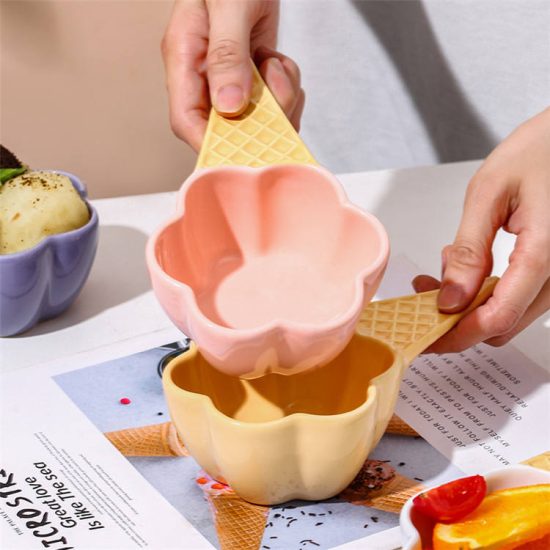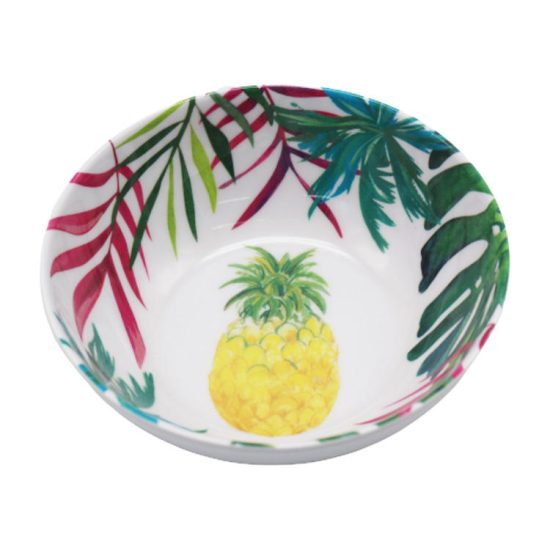There are various types of bowls available, each designed for specific purposes and serving different culinary needs. Here are some common types of bowls:
- Mixing Bowls: Mixing bowls are deep, wide bowls used for combining and mixing ingredients during food preparation. They are commonly used for whisking, beating, or stirring ingredients for batters, doughs, dressings, or sauces. Mixing bowls often have a non-slip base and may come in different sizes to accommodate various recipes.
- Serving Bowls: Serving bowls are designed to present and serve food at the table. They come in various sizes and styles to match different types of cuisine or dining settings. Serving bowls can be used for salads, pasta, rice, fruits, vegetables, and other dishes intended for sharing. They are often more aesthetically appealing and may feature decorative patterns or unique shapes.
- Soup Bowls: Soup bowls are specifically designed for serving soups, stews, or other liquid-based dishes. They are typically deeper and wider than regular bowls, allowing for generous portions of liquid along with accompanying ingredients. Soup bowls often have a wide rim for easy sipping and may come with a matching saucer or a handle for convenient handling.
- Salad Bowls: Salad bowls are shallow and wide bowls designed for tossing and serving salads. They provide ample space for tossing greens with dressing and incorporating various toppings and ingredients. Salad bowls may have a flared rim for easy tossing and serving.
- Cereal Bowls: Cereal bowls are smaller-sized bowls primarily used for serving breakfast cereals, oatmeal, granola, or other breakfast foods. They are usually deeper than regular bowls, allowing for a larger volume of cereal and milk. Cereal bowls may have a wide rim for easy spooning and are often designed with colorful patterns or characters.
- Dessert Bowls: Dessert bowls are small-sized bowls used for serving desserts such as ice cream, pudding, mousse, or fruit salads. They are typically smaller in capacity to ensure appropriate portion sizes for desserts. Dessert bowls may have a decorative design or may be made of glass to showcase the layers or presentation of the dessert.
- Noodle Bowls: Noodle bowls, also known as ramen bowls, are deep and wide bowls designed for enjoying noodle-based dishes. They are often larger in size to accommodate the noodles, broth, and toppings. Noodle bowls may have a narrower bottom and wider rim to prevent the noodles from slipping out and allow for easy access with chopsticks or a spoon.
- Prep Bowls: Prep bowls, also called ingredient bowls or mise en place bowls, are small bowls used for organizing and prepping ingredients before cooking. They are often used to hold chopped vegetables, spices, or measured ingredients to keep them readily accessible during the cooking process.
These are just a few examples of the types of bowls available. There are many other specialized bowls designed for specific purposes or cultural cuisines. When choosing a bowl, consider the intended use, size, material, and design to ensure it meets your specific needs and complements your dining or kitchen style.


